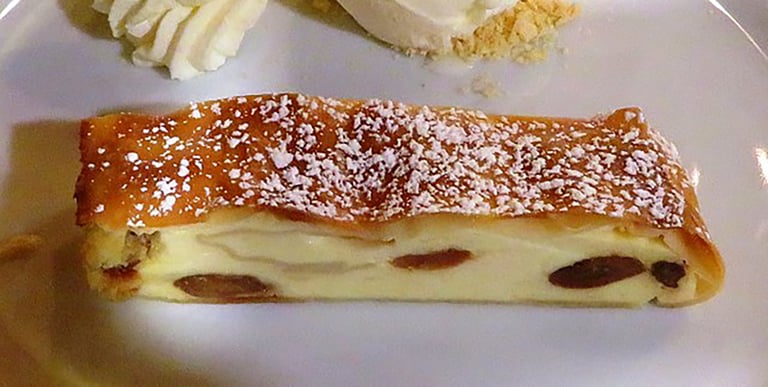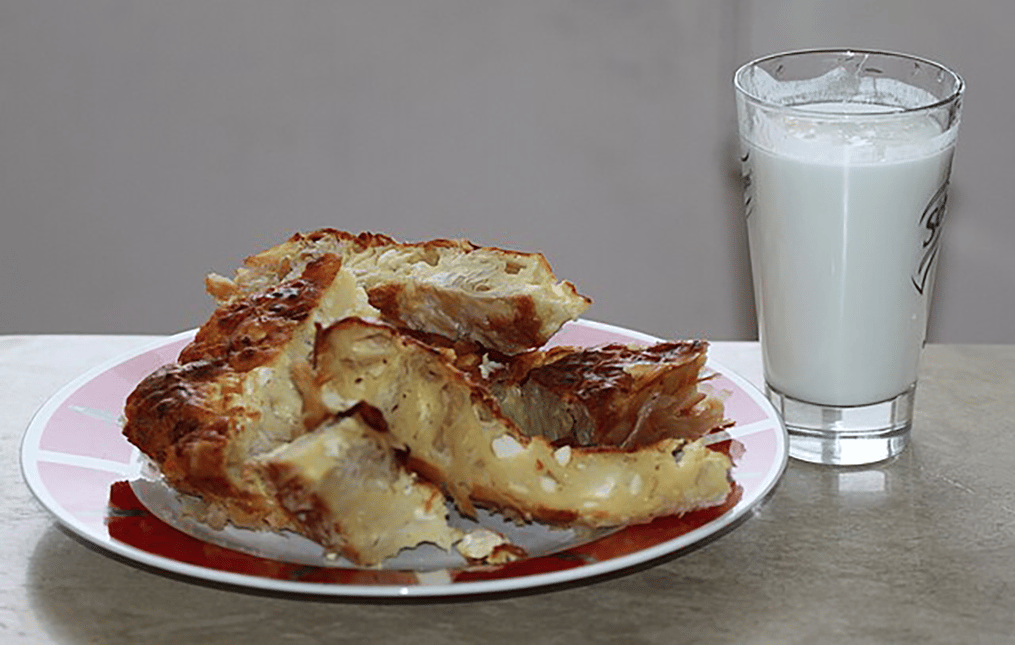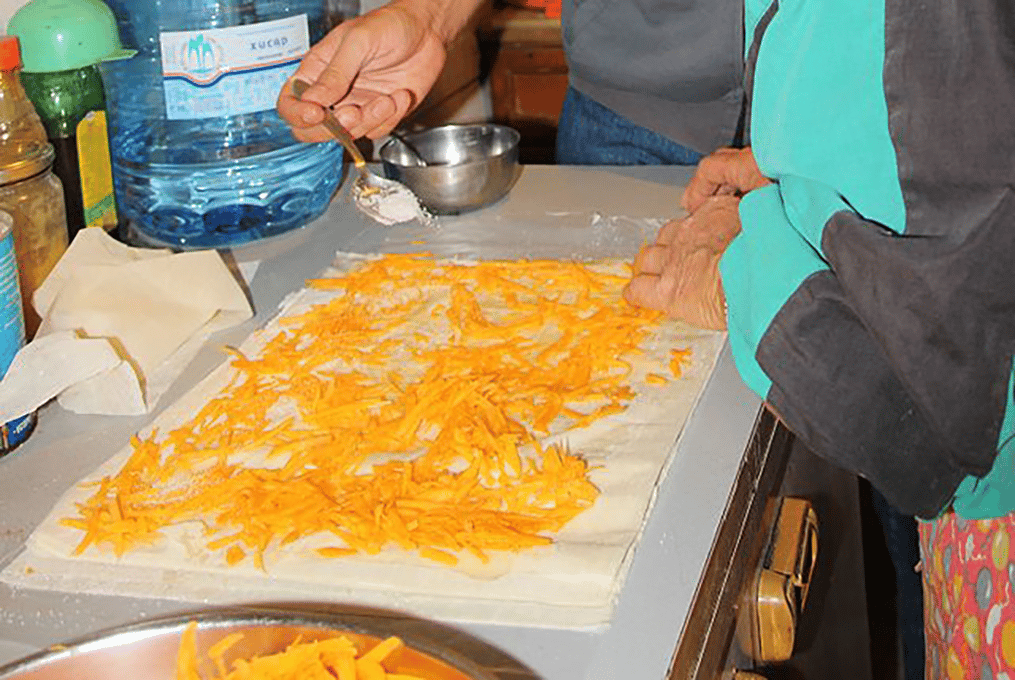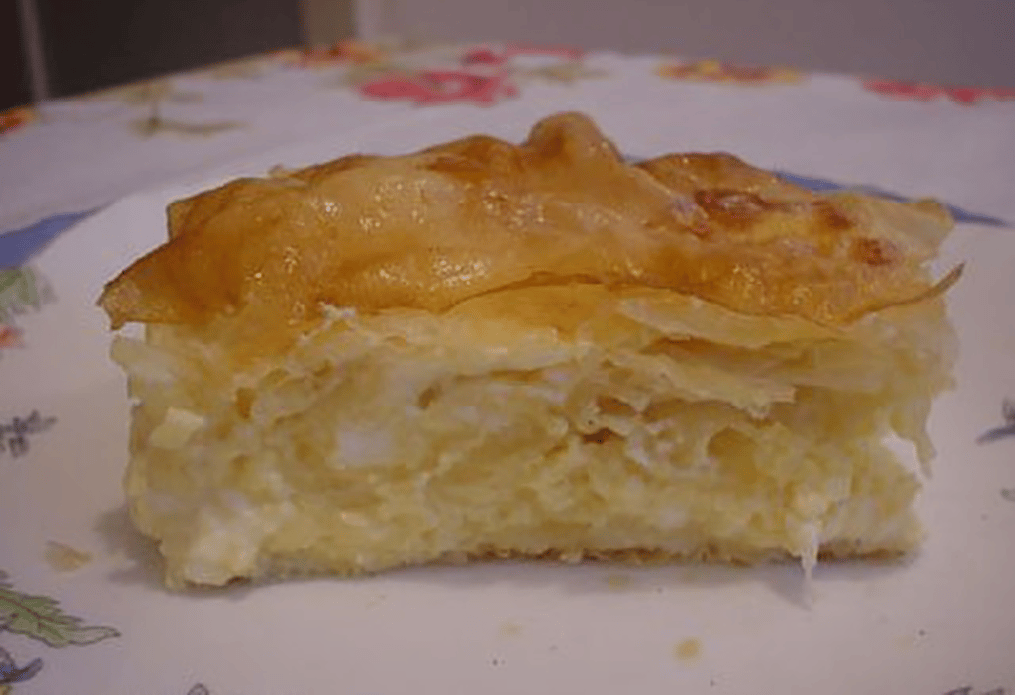Beyond the homeland of the phyllo dough that makes delicious pastries, Turkey, the Balkans and Austria have some delicious fares up their sleeves too that make for the most delicious dessert recipes ever

What does phyllo pastry make you think of? Possibly Middle Eastern desserts or some kind of a delish dessert recipe? You would be correct on both ways of thinking, for traditionally Turkey is behind this special kind of dough known for its paper-thin quality. We have covered Turkey already, now onto the other countries, this time mostly the Balkans, that have their own special way of transforming the phyllo dough into delicious sweet delicacies.
1. Banitsa

A cherished breakfast staple in Bulgarian cuisine, banitsa is a layered pastry made from flaky sheets of buttered phyllo dough with a filling made with eggs, yoghurt, and creamy white cheeses like sirene and feta. It comes in many varieties both savoury and sweet, and the vegetable varieties are particularly popular, such as Zelnik and Praznik. In the sweet section, there’s the pumpkin-filled Tikvenik (more in the next one) and also some with apple fillings, then there’s the Mlecna banitsa, which is made using a mixture of milk, eggs, sugar, and vanilla, and is very creamy. During festive seasons particularly in winter, Bulgarians sometimes tuck lucky charms, coins, or wish-laden papers into the pie's layers.
2. Tikvenik

Tikvenik is the pumpkin-stuffed Banitsa that is deliciously rustic that has the sweetness of the pumpkin filling, mixed in with ground walnuts, sugar and cinnamon with the wrapping of the flaky phyllo dough. It is traditionally baked, post which the Tikvenik is sliced and dusted with powdered sugar. Though often associated with the winter season and Christmas Eve, this treat is also eaten year-round, that is both a popular breakfast item or a hearty dessert. To fully enjoy the Tikvenil, it's recommended to pair it with a glass of yoghurt.
3. Jabukovača
Hailing from the city of Sarajevo, Jabukovača is Bosnia’s version of the apple pie that pays homage to the baklava; it is made in a similar fashion as baklava. Thin layers of the phyllo dough are generously coated with a blend of chopped apples, sugar, vanilla sugar, walnuts, and a squeeze of lemon juice. This filled pastry dough is carefully rolled and arranged on a baking tray, and baked till golden. The Jabukovača is then sliced and drizzled with a syrup made with sugar, honey, and lemon juice.
4. Ružice
Among the handful of Bosnian pastries, ružice, or đul-pita, claims attention as a delicos variation of the baklava. Between the delicate layers of the yufka or phyllo sheets, is a filling of ground walnuts and melted butter, sometimes raisins. The whole thing is carefully rolled and then sliced into smaller pieces, which are artfully arranged in a baking dish, to resemble roses. Like Baklava, this too is doused in a sugar syrup post baking, made less intense with a little lemon juice.
5. Millirahmstrudel
A milk cream strudel, Millirahmstrudel is from Vienna, Austria, while the rest of the country calls it Milchrahmstrudel. It is said to have originated in the late 17th century, at a restaurant close to Vienna, and often features rum-soaked raisins in the filling. This pastry is also popular in many European countries that were once united under the Austro-Hungarian Empire. Between the layers of phyllo pastry sheets goes milk-soaked bread rolls, egg yolks, butter, quark cheese, sugar, cream, vanilla, lemon zest and raisins. It is baked and served with a hot vanilla sauce.
6. Kungullur
This is Albania’s pumpkin pie which is made with mashed pumpkin flesh, sugar, butter and a little salt that goes into the phyllo pastry layers. The pie is baked that makes it develop a golden-brown crust and once cooled, kungullur is dusted with powdered sugar. It is usually eaten as a dessert, but also enjoyed as an accompaniment after the main course. However, it tastes the best with a glass of hot or cold milk, and its the embodiment of peak comforting dish of Albanian culinary heritage.
7. Međimurska gibanica

Hailing from the Croatian region of Međimurje, Međimurska gibanica is a highly calorific layered pastry that truly defines indulgence. It is an utterly satisfying dessert and can be savored after a hearty meal or enjoyed on its own. It is made with fresh cheese, grated apples, ground walnuts, and poppy seeds, with raisins, cinnamon, rum, and sugar. These make up the filling that is sandwiched between alternating layers of thin, phyllo dough. Similar to the EU-protected prekmurska gibanica, it has subtle divergences, and once the međimurska gibanica is baked, it is allowed to cool and then it's cut into squares and served warm or chilled.
8. Taj al malek
This is a dessert fit for royalty and the delicate strands of kataifi dough form intricate nests, each one nestling a bounty of nuts. Shredded phyllo is carefully shaped and dried before being generously brushed with clarified butter. It is baked turning these nests into golden-brown, which are then filled up with chopped pistachios but it might be substituted with almonds, cashews, or peanuts. Finally, a cascade of sticky syrup douses the whole thing which has a squeeze of lemon juice and sometimes rose and orange blossom waters also infused this syrup.
More Like This
Popular Articles




Trending Web Stories
Curated Recipes

















